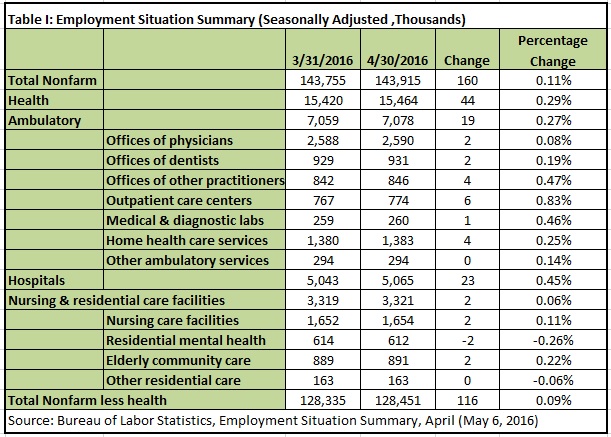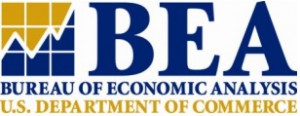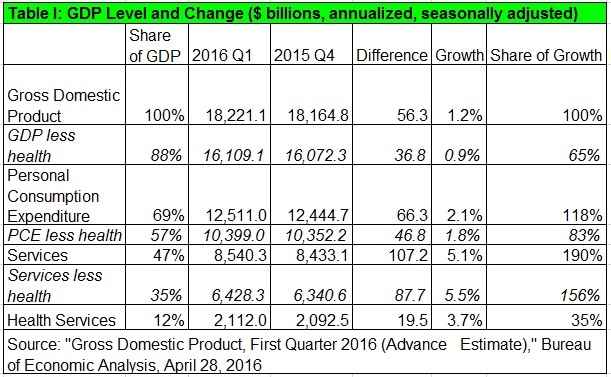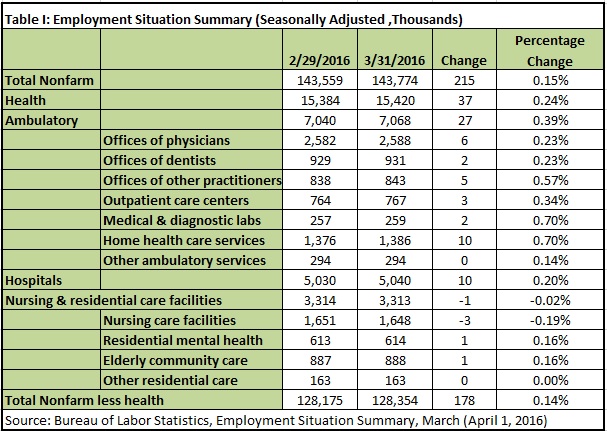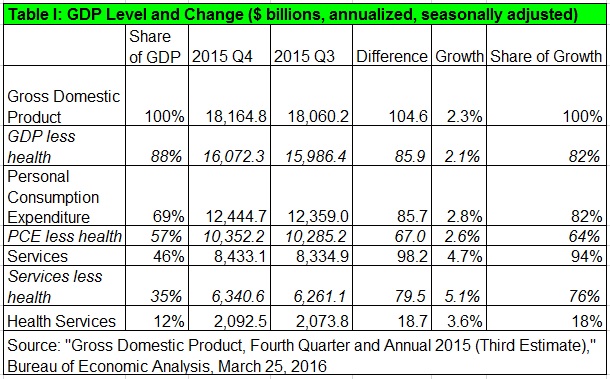PPI: Pharma Price Hikes Continue To Stand Out
 The Producer Price Index (PPI) for final demand goods grew 0.2 percent last month, or 0.3 percent less food and energy. Prices for pharmaceutical preparations and most medical devices grew significantly faster, at 1.0 percent and 0.5 percent, although prices for X-Ray and similar equipment were flat.
The Producer Price Index (PPI) for final demand goods grew 0.2 percent last month, or 0.3 percent less food and energy. Prices for pharmaceutical preparations and most medical devices grew significantly faster, at 1.0 percent and 0.5 percent, although prices for X-Ray and similar equipment were flat.
With respect to final demand services, for which prices rose 0.1 percent (or 0.3 percent, less trade, transportation, and warehousing), prices of medical services changed similarly. However, prices for health insurance jumped 0.8 percent.
With respect to goods for intermediate demand, which dropped 0.3 percent, price increases for biologics, including diagnostics, stood out at 2.5 percent. With respect to services for intermediate demand, which rose 0.1 percent, prices for health insurance jumped 0.8 percent
Looking back over the 12-month period, the price increase of 10.4 percent for pharmaceutical preparations continues to stand out like a sore thumb. Political agitation against drug prices is unlikely to go away soon. Health insurance, having risen 1.7 percent in a flat or negative inflationary environment, is also beginning to stand out. (See Table I below the fold.)
